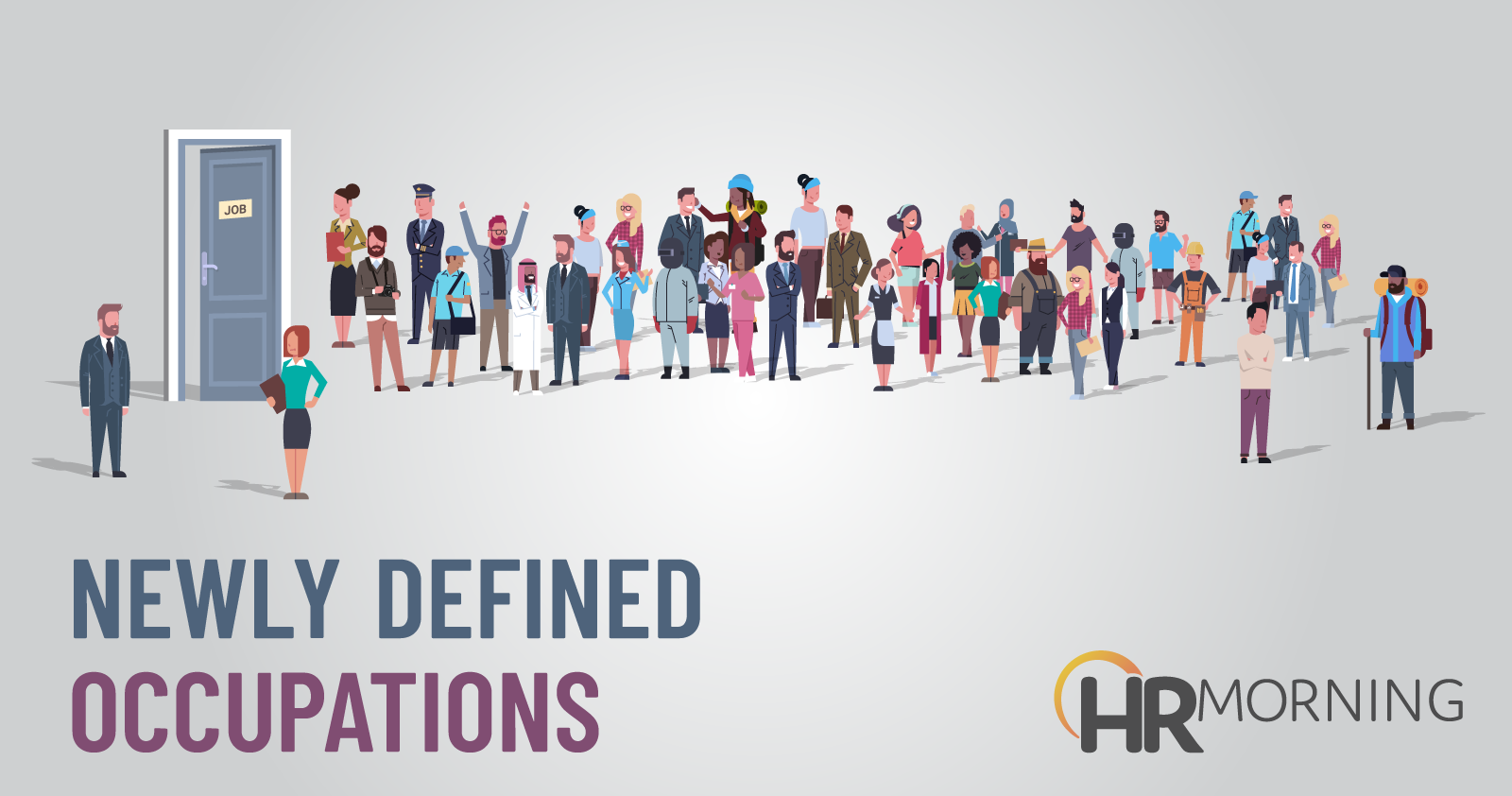One year out from the Bureau of Labor Statistics’ 2021 release of 50 newly defined occupations of the Standard Occupational Classification (SOC), the baseline is stabilizing – let’s look at what changed.
Perhaps as a response to the tectonic shifts in the labor market caused by COVID-19, the 2021 update arrived faster than expected. BLS tends to make major updates to the SOC list every 10 years or so, refining categories in 2000, 2010 and 2018. The theme of this update appeared to be a refinement of categories and profession types, such as splitting out the new Software Developer occupation from Web Developer, added in 2010.
Adding these new occupations provides employers the opportunity to track major indicators in their professional cultures such as turnover, compensation, advancement and demographics. It also prevents jobs that look similar but are completely different from commingling important details, like bus drivers in cities versus schools, diluting labor shortages and minimizing pay differentials. As the world moves faster, this update provides data-savvy HR teams with a new, valuable level of insight into where they stand in the market.
Computer and mathematical
It comes as no surprise that the computer and mathematical fields had the highest number of newly defined occupations. Tech jobs continue to lead in employment, echoing trends from the data released in 2016, based on information from 2010 data. The technology industry is booming thanks to reliance on technology for remote work and technological innovations, among other things. While previous OEWS data had a few computer and mathematical jobs, such as web developers and computer network architects, the newest data shows an increase in the number of occupations available in this space and higher numbers of employment.
Highest-employment occupations
After one year, occupations added to tech, healthcare and transportation industries dominate the largest professions (with headcount, in thousands):
- Software developers (1,364,180)
- Project management specialists (743,860)
- School bus drivers (361,420)
- Financial and investment analysts (291,880)
- Administrative services managers (224,620)
- Software quality assurance analysts and testers (190,120)
- Medical records specialists (180,570)
- Shuttle drivers and chauffeurs (175,660)
- Emergency medical technicians (161,400)
- Tutors (147,100)
New occupations with the highest wages
Another space that dominated the data was the healthcare practitioners field. These jobs had lower employment but some of the highest annual wages, with cardiologists claiming the highest annual mean wage in the data at $353,970.
Many occupations in the healthcare space had wages over $300,000, including:
- Cardiologists
- Emergency medicine physicians
- Non-pediatric orthopedic surgeons
- Dermatologists
Newly added occupations in the 2016 data also show rises in the healthcare field, with nurse anesthetists and nurse practitioners among the highest in mean annual wages. In 2014, registered nurses were among the top 10 highest-employed occupations, and had the highest mean annual wage on the list.
New occupations with the lowest wages
Jobs in the transportation industry dominated the lowest-paying jobs, well below the national average pay rate of $58,260. Some of the lowest-paying jobs include:
- Shuttle drivers and chauffeurs, $32,570
- School bus monitors, $30,220
- Taxi drivers, $30,050



